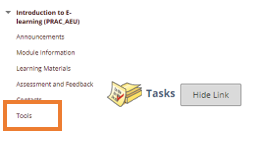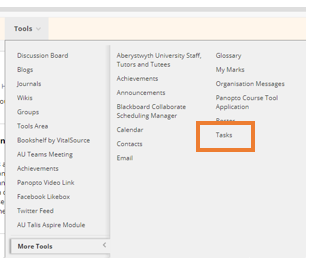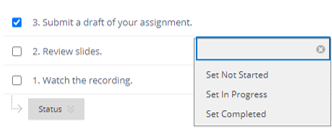 As leader of our PGCTHE programme, I keep an eye out for resources to help staff teach effectively. These include webinars, podcasts, online toolkits, publications and more. Topics include active learning, online/blended teaching, accessibility/inclusion, and effective learning design based on cognitive science. Below I’ve listed items that came to my attention in the past week. In the interest of clarity, our policy is to show the titles and descriptions in the language of delivery.
As leader of our PGCTHE programme, I keep an eye out for resources to help staff teach effectively. These include webinars, podcasts, online toolkits, publications and more. Topics include active learning, online/blended teaching, accessibility/inclusion, and effective learning design based on cognitive science. Below I’ve listed items that came to my attention in the past week. In the interest of clarity, our policy is to show the titles and descriptions in the language of delivery.
- 23/2/2021 TILE Network, Kate Jones “Retrieval Practice in action in the classroom”
- 24/2/2021 Westminster Centre for Education and Teaching Innovation, Embedding partnership in learning and teaching, Students as Co-Creators Webinar series
- 1/3/2021 start Coursera MOOC, Get Interactive: Practical Teaching with Technology
- 3/3/2021 Transforming Assessment, Student agency and confidence in assessment
- 4/3/2021 Centre for Distance Education, University of London, Approaches to Inclusive Online Practices
- 4/3/2021 Education and Training Foundation, Digital Accessibility
- 25/3/2021 LTEU, Aberystwyth University Mini-Conference: Embedding Well-being in the Curriculum
- 31/3/2021 Keele University, Becoming Well Read symposium
- Chaudhary, N. (11/2/2021) Transforming the Learning Journey with Retrieval and Spaced Practice, TILE Student Voice
- Hancock, J. C. (1/2021) Reflective writing for the MA in Academic Practice, City University of London
- McIntosh, E. A. et al (2/2021) Academic Advising and Tutoring for Student Success in Higher Education: International Perspectives, Frontiers in Education
Please see the Staff Training booking page for training offered by the LTEU and other Aberystwyth University staff. I hope you find this weekly resource roundup useful. If you have questions or suggestions, please contact our team at lteu@aber.ac.uk. You may also wish to follow my Twitter feed, Mary Jacob L&T.


 The Learning and Teaching Enhancement Unit is pleased to be running our E-learning Enhanced training sessions again this semester.
The Learning and Teaching Enhancement Unit is pleased to be running our E-learning Enhanced training sessions again this semester. As leader of our PGCTHE programme, I keep an eye out for resources to help staff teach effectively. These include webinars, podcasts, online toolkits, publications and more. Topics include active learning, online/blended teaching, accessibility/inclusion, and effective learning design based on cognitive science. Below I’ve listed items that came to my attention in the past week. In the interest of clarity, our policy is to show the titles and descriptions in the language of delivery.
As leader of our PGCTHE programme, I keep an eye out for resources to help staff teach effectively. These include webinars, podcasts, online toolkits, publications and more. Topics include active learning, online/blended teaching, accessibility/inclusion, and effective learning design based on cognitive science. Below I’ve listed items that came to my attention in the past week. In the interest of clarity, our policy is to show the titles and descriptions in the language of delivery. 




